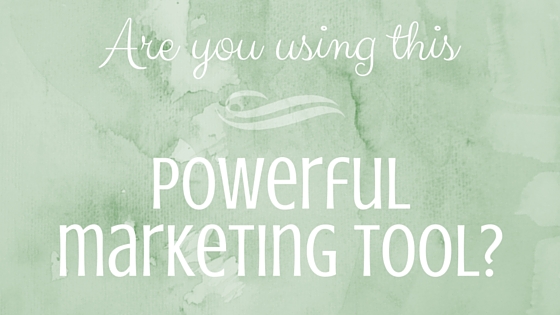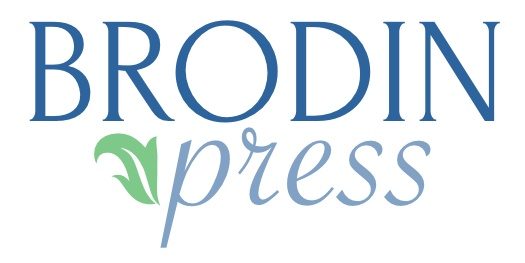
They’re known by a number of different names: email newsletters, e-newsletters, e-zines. What makes them such an effective marketing tool?
“Newsletters are one of the most powerful tools you have at your disposal.” – Dan Kennedy, consultant, business coach, strategic advisor, etc.
“Every newsletter that you send serves to solidify the connection between your company and your customers.” -Michael Katz, Chief Penguin at Blue Penguin Development, e-newsletter specialist
“Any informative email newsletter helps build relationships and customer loyalty.” – Michael Griffin, Email Newsletters 101
“Email and e-newsletters are probably the two most underestimated media or communications channels available to online marketers.” – Nick Usborne, copywriter, author, coach, online writing expert
The power of email newsletters
- Permission-based marketing. Blogs and social media sites require your prospects and customers to come to you. E-newsletters go to your prospects and customers. Because you’ve gotten their permission to send to them or already have a relationship, they’ve allowed you into one of their most personal spaces: their email inbox.
- Community building. E-newsletters, if done correctly, (focusing on your prospects and customers, not your business and sales) invite your readers to comment, ask questions, engage with you in building or cementing a relationship. They help build a community.
- E-newsletters give you an opportunity to invite your readers back to your website.
- E-newsletters are delivered on a regular and predictable schedule, keeping your name in front of your readers on a regular and predictable basis.
Did you notice I said “if done correctly”?
Encourage your readers to open your newsletters
FOLLOW THE 80/20 RULE. 80% of the content should engage, help or entertain your readers. No more than 20% should be about you, your business and what you want to sell them.
BE SURE YOU HAVE THEIR PERMISSION TO SEND IT or have a relationship established already. And make it easy for them to unsubscribe. That way they won’t feel “trapped” and are less likely to spam you.
KEEP THE TONE CONVERSATIONAL. Your reader’s inbox is a very personal space — write your e-newsletter like you would a letter to a personal friend. They won’t see it as a marketing gimmick.
YOUR REPUTATION WITH YOUR READERS IS KEY. If your readers knows, likes and trusts you, they’ll look forward to hearing from you. Use your own business name (or personal name, if it’s more recognizable) in the “from” box.
Some marketers are getting better open rates with a person’s name rather than business name in the “from” field. But personally I won’t open one from a person’s name I don’t recognize unless the business name is there, too. Test it!
WORK HARD ON THE SUBJECT LINE. Write a subject line that draws your readers in, sparks their curiosity, gives them another reason to open and read (besides wanting to hear from you). One coach I follow suggests filling a whole page with subject line ideas for each newsletter you send out. Since I’ve been doing that, I’m coming up with better ones.
BE CONSISTENT. Once you decide to start your e-newsletter, commit to publishing for the next 12 months. Don’t let your momentum die out after a couple issues.
It’s generally accepted that publishing at least monthly is best. Anything less than that and your readers may tend to forget about you. On the other hand, some marketers send me newsletters a few times a week, even daily. I find that annoying! Again, test to find your audience’s preferences.
More info on email newsletters:
- 7 Reasons Why You Should Publish an E-Newsletter
- Should Your E-Newsletter Look Like Your Website?
- Essentials of an Effective Email Newsletter [Infographic]
Have you thought of starting an e-newsletter for your business but don’t have the time? Or haven’t known how to start? Or have given up? Give me a call or send me an email. I’d love to help you out.
sharon@sharonbrodin.com 952-222-0620
